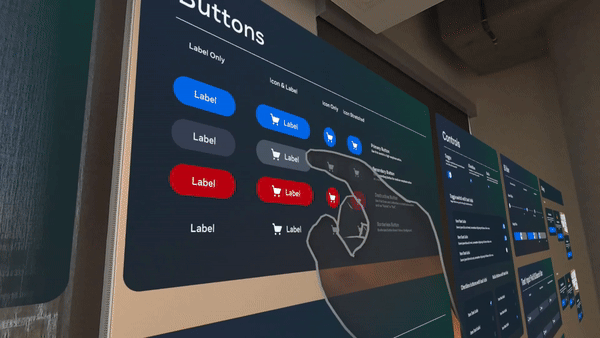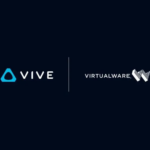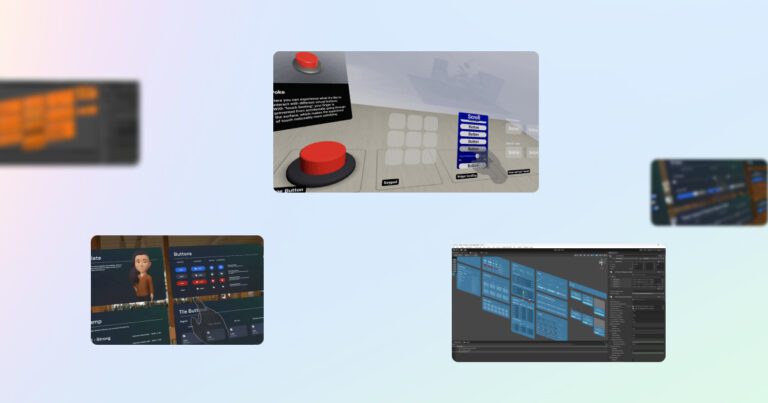Unlocking New Possibilities with the Meta Interaction SDK for Unreal Engine and Non-Meta Headsets

What is the Meta Interaction SDK?
The Meta Interaction SDK is an innovative toolkit designed to provide standard interactions for users immersed in virtual environments. Recently, It has significantly expanded by integrating support for both Unreal Engine and non-Meta headsets. This enhancement represents a significant shift for developers eager to craft immersive experiences across various platforms.
Core Features of the Meta Interaction SDK
This powerful Meta Interaction SDK allows seamless hand interactions, supporting both controllers and natural hand tracking. Here are some standout features included in the SDK:
- Direct object grabbing and holding for realistic interaction
- Distance grabbing enables flexible and varied user engagement
- Pokability capability for enhanced interactivity with 2D and 3D buttons
- Teleportation features for easy and intuitive navigation
- Advanced gesture detection to promote intuitive control
- Integration of the Horizon OS UI Set for a seamless user interface experience
These elements allow developers to produce engaging applications quickly, without the burdensome need to develop standard interactions from scratch. Users benefit from a consistent experience, regardless of which apps utilize the SDK.
Expanded Support for Unreal Engine and Non-Meta Headsets
Initially, the Meta Interaction SDK was available exclusively for Unity. However, the exciting news is that it has now been adapted to include support for Unreal Engine. This generous update opens doors for developers, allowing them to explore greater creativity and user engagement in virtual settings.
While this adaptation includes support for Unreal Engine, it is important to note that the compelling Horizon OS UI Set is not part of the Unreal Engine version, requiring developers in this space to develop their own UI solutions for the time being.
Enhancements for Unity Developers
Developers utilizing Unity also benefit from significant advancements. Meta has introduced a revamped package known as Interaction SDK Essentials, designed to work independently from the Meta XR Core SDK. This adjustment enhances compatibility with the Unity XR system, streamlining the development of extended reality (XR) applications that seamlessly operate across multiple headsets, ultimately providing developers with maximum flexibility.
Why Select the Meta Interaction SDK?
The Meta Interaction SDK isn’t just about offering new functionalities; it aims to improve the development journey for creators. Here are some noteworthy reasons developers might choose this SDK:
- Simplified Development: This SDK saves valuable time by removing the necessity of building basic interactions from the ground up.
- Consistency: Users will enjoy a uniform interaction style, aiding in their adaptability across varied applications.
- Robust Features: With a diversity of interactive components, the SDK provides ample creative opportunities for developers to craft compelling applications.
- Future-Proofing: Ongoing enhancements and updates demonstrate a commitment to evolving with the fast-paced XR development landscape.
The Influence on XR Development
The decision to expand the Meta Interaction SDK signifies a progressive shift, empowering developers to construct more robust and versatile applications. This is particularly exciting as interest in virtual and augmented reality technologies skyrockets. Users can look forward to a wider array of apps that accommodate non-Meta headsets, increasing the accessibility of enriching XR experiences.
Potential Challenges to Consider
Despite the thrilling enhancements to the Meta Interaction SDK, it’s crucial to understand that not all features may be ready for immediate production. Developers may confront unique challenges when applying the SDK across different platforms. It’s vital to evaluate the practical implementation aspects to ensure optimal performance and user satisfaction.
A Bright Future for XR Development
The outlook for XR development remains bright, especially with the new features provided by the Meta Interaction SDK. As developers actively leverage these advancements, we can expect a surge of creative applications that challenge the limits of what virtual environments can convey. This SDK enriches the developers’ toolkit and guarantees that a broader audience can enjoy captivating experiences across diverse devices.
Anticipating Future Innovations
The extension of the Meta Interaction SDK to support Unreal Engine and non-Meta headsets represents a pivotal moment in the realm of XR development. By effectively utilizing this SDK, developers can cultivate engaging and immersive user experiences that transcend various platforms. Watching for upcoming updates and enhancements will be essential for developers striving to maintain a leading edge in this evolving XR landscape.




0 Comments